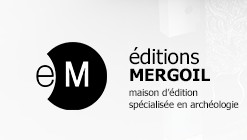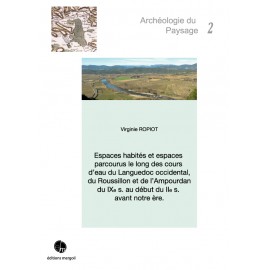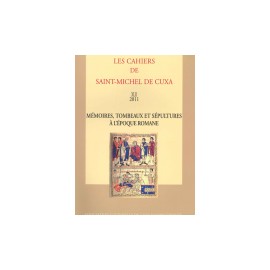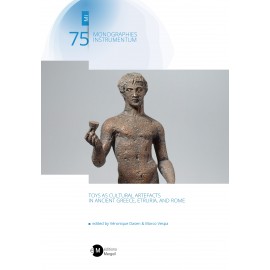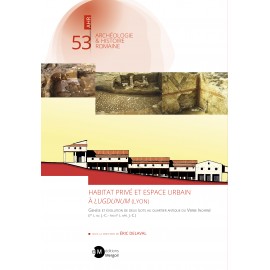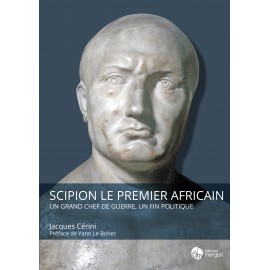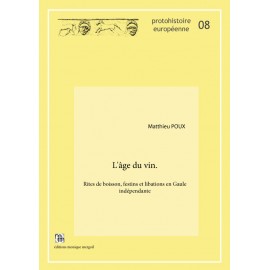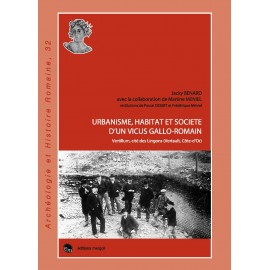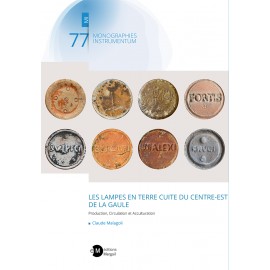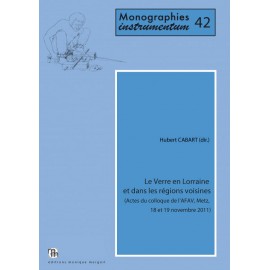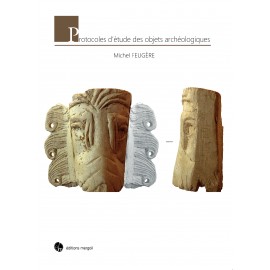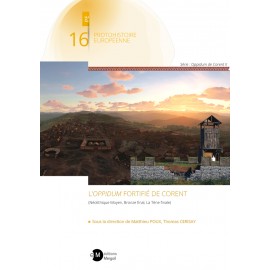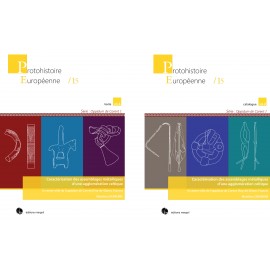No products
Prices are tax included
Product successfully added to your shopping cart
There are 0 items in your cart. There is 1 item in your cart.
Série : Oppidum de Corent
- Archéologie et Histoire Romaine
- Archéologie Moderne et Contemporaine
- Archéologie des Plantes et des Animaux
- Archéologie du Paysage
- Archives & Histoire de l'Archéologie
- Europe Médiévale
- Monographies Instrumentum
- Préhistoires
- Protohistoire européenne
- Research Protocols
- Off collections
- Les cahiers de saint-michel de Cuxa
- Second-hand
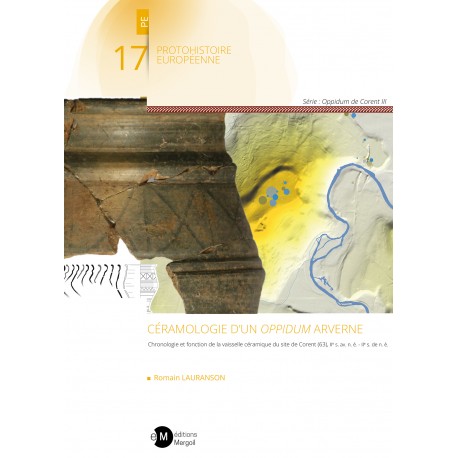 View larger
View larger Céramologie d'un Oppidum arverne
PE-17
New
PE-17. - Céramologie d'un Oppidum arverne.
Chronologie et fonction de la vaisselle céramique du site de Corent (63), IIe s. av. n. è. - IIe s. de n. è.
Romain LAURANSON
2024, 646 p. coul. (ISBN : 978-2-35518-142-9).
Série : Oppidum de Corent III
diffusion : Editions Mergoil.
langue : français
More info
How can we use ceramology to tackle a subject as complex as the protohistoric town, while at the same time contributing to the development of already solid chrono-typological references? This book takes up the challenge, taking advantage of the particularly favourable conditions provided by excavations at the Corent oppidum in Auvergne, one of the most fertile archaeological sites in late Iron Age Gaul. Over the past twenty years, the site's research has provided us with an unprecedented picture of a Gallic urban center, with a monumental complex combining sanctuary, meeting building and gathering place, around which a wide range of habitats and economic activities were built, many of them bearing the hallmarks of the social elite. Singular in many ways, the site's wealth reflects that of the people of which it was the capital in the 1st century BC. Their abundant material culture has enabled us to produce a chronological series of artefacts that has few equivalents in France.
This work, the result of a doctoral thesis defended in 2019 at the Université Lumière Lyon 2, is based on a large mass of material, totaling nearly 130,000 examined remains. Its corpus of study is based on an in-depth typological classification and chronological synthesis in twelve horizons - from La Tène D1 to the end of the Early Empire - as well as a spatio-functional analysis that takes advantage of the extensive nature of the excavations and the distinction of spaces. The mobilization of all the archaeological data (architecture, coins, metal objects, fauna, etc.) enables us to approach the genesis and future of this oppidum from the perspective of the political and social changes that affected the Arvernes at the end of the Iron Age, as well as their integration into the large-scale networks of economic and cultural exchanges that characterized this period.
Sommaire
Préface
Remerciements
Avant-propos
Introduction
Cadres de l’étude
Bilan céramologique régional
Problématiques et objectifs
Méthodologie
Partie I.
Chapitre 1. Catégories et familles indigènes
Chapitre 2. Remarques sur les pâtes régionales
Chapitre 3. Types indigènes
Chapitre 4. Décors
Chapitre 5. Vaisselle à large diffusion (VLD)
Chapitre 6. Autres céramiques exogènes
Partie II.
Chronologie
Chapitre 1. Cadre documentaire et analytique
Chapitre 2. Faciès des horizons
Chapitre 3. Sériation et périodisation
Partie III.
Chapitre 1. Analyse catégorielle
Chapitre 2. Classes fonctionnelles
Chapitre 3. Vaisselle, amphores et faune
Chapitre 4. Études de cas
Partie IV.
Chapitre 1. Genèse et devenir d’un oppidum
Chapitre 2. Dynamiques économiques et culturelles de l’évolution du vaisselier
Chapitre 3. Contextes, usages et pratiques
Conclusion
Bibliographie
